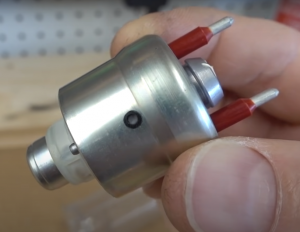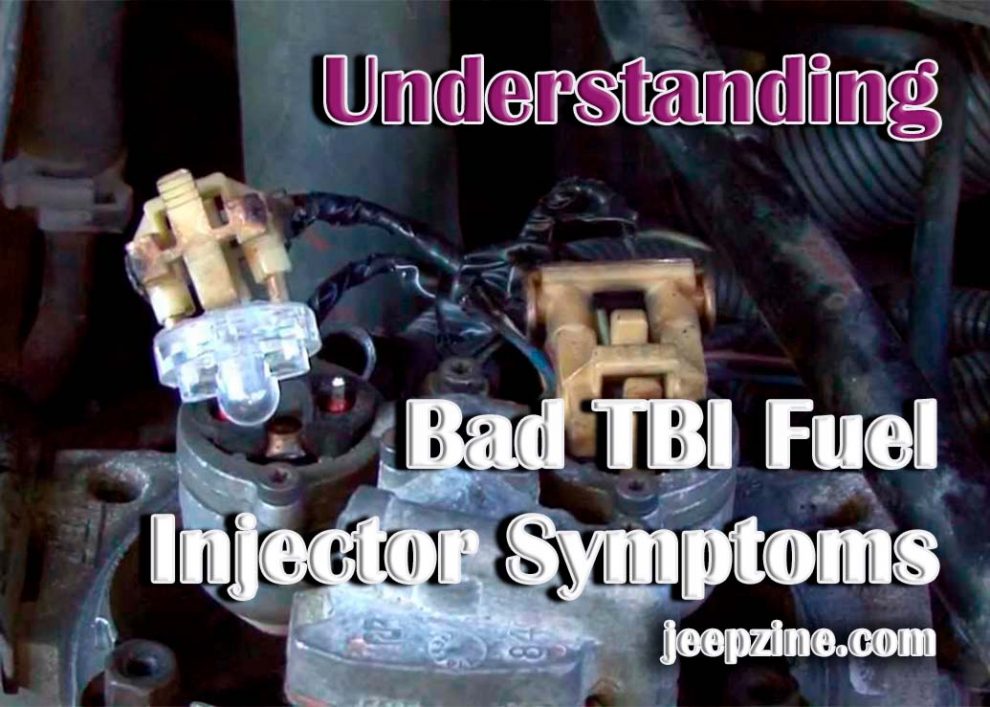A throttle body injection system (TBI) is a computer-controlled fuel injection system found in many modern vehicles. The TBI system is responsible for delivering precise amounts of fuel to the engine, which allows the car to run smoothly and efficiently. When a TBI fuel injector becomes faulty, it can cause a wide range of symptoms, including reduced power, rough idling, poor acceleration, and decreased fuel economy. To ensure that your vehicle’s TBI system is working correctly, you must be aware of the signs and symptoms of bad fuel injectors so you can diagnose and fix them as soon as possible.
What Is a Throttle Body Injection System?

All these components work together to regulate the amount of air entering the cylinders so that when more air enters with each cycle, more gasoline must enter, too, for combustion to occur efficiently.
What Are Bad TBI Fuel Injector Symptoms?
When one or more of these components become faulty or worn out, they can lead to bad TBI fuel injector symptoms such as:
-
Rough idling – It usually occurs due to an imbalance or restriction in airflow caused by faulty components like vacuum hoses or valves not opening correctly when allowing air into the cylinder head during idle phases.
-
Poor acceleration – This could be due to reduced airflow caused by clogged filters or malfunctioning sensors, which would limit how much gasoline can enter with each cycle, leading to weak engine performance at higher speeds or even stalling out altogether while driving faster speeds.
-
Reduced power – When there’s not enough gasoline being sent into the cylinders during combustion, this can lead to power loss as well as less efficient burning, meaning less horsepower overall.
-
Decreased mileage – Faulty TBI systems often result in lower gas mileage since they require more gasoline than usual for each cycle, leading to higher fuel costs over time.
How to Diagnose a Faulty Fuel Injector

Once you have identified any potential culprits, you’ll want to move on to diagnostic testing, which can help pinpoint exactly where the problem lies within the TBI system so it can be fixed quickly and easily.
How to Fix a Bad TBI Fuel Injector
Once you’ve identified which fuel injectors are faulty, there are several ways to repair them depending on how severe the problem is:
-
Cleaning/Replacing – If your fuel injectors are clogged or dirty, you can clean them with a specialized cleaning solution or replace them altogether if necessary.
-
Replacing parts – If certain parts of your TBI system have become worn out, like hoses or valves, these need to be replaced for your vehicle’s performance to return to normal.
-
Repairing sensors – Sensors that have become damaged due to age or general wear and tear need to be repaired before they can continue running.
-
Calibrating – If your TBI system needs to be recalibrated due to a change in its settings, you’ll need to use specialized software and an OBD-II scanner to do this properly.
Conclusion
Bad TBI fuel injector symptoms can range from reduced power and poor acceleration to decreased fuel economy and rough idling. To diagnose and fix these problems, you must understand the signs and symptoms associated with them to identify any potential issues quickly. Once you have identified the cause of the problem, there are several ways to repair it, such as cleaning or replacing dirty parts, replacing worn-out components, repairing damaged sensors, or calibrating your TBI system using specialized software. With proper diagnosis and repair, your vehicle should be running smoothly again soon!

